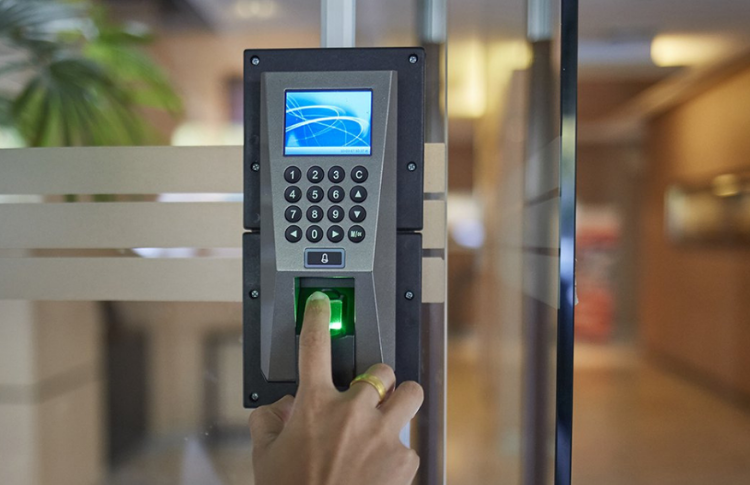Protecting our property is one of the most important considerations in the modern age and, with crime levels still so prevalent around the world, significant steps have been taken to integrate ever-more sophisticated technologies into the security of our homes and business premises.
Technology is beginning to play an increasingly important role in property security and, in recent years, there’s been a dramatic uptake in the use of automated door entry systems – particularly those driven by smartphone apps.
The key features of access control systems
As a rule, all digital access systems feature similar basic processes and components. Whether they use a physical tag/card or a smartphone app, there are four basic requirements:
The tag or user credentials: In a physical model, the user will gain access using a digital tag. However, the process is very similar when using a smartphone. Each contains specific user credentials which allow access to certain areas within a building (depending on the complexity of the system). With a physical system, the user will need to present the card or tag up to the reader to gain access. With digital smartphone apps, proximity isn’t necessarily a requirement – doors can often be opened remotely if need be. If distance is a requirement, the phone will typically transmit the code via Bluetooth, WiFi or Near-Field Communication (NFC), a short-range wireless technology.
The reader: Access Control Readers are pre-programmed to recognise the tag or similar user credentials. With the physical system, the user would present their identification or card up to the reader. With smartphone apps, this process can be done remotely – although it’s most commonly achieved with Bluetooth, WiFi or NFC. Alternatively, QR codes or similar can also be ‘read’ from a device’s screen (identical to digital boarding passes for travel).
The controller: The controller is the heart of the system and stores the authentication information required to gain access. The reader transfers the access data to check if the user has access authorisation. If the necessary codes aren’t met, the user won’t get through the system and will be barred entry.
The lock: The final stage of the process is the lock – an electro-mechanical door device which can be operated automatically.
Using traditional systems, the user carries all required access credentials in a small electronic chip contained in a card or tag. Tags typically feature an alphanumeric code which has been pre-programmed to be recognised by the reader to allow access. There is no power source in the card – the data is read via radio waves by the reader (the reader is powered – as is the locking mechanism).
With smartphone apps, the process is slightly more complicated – but mostly the same. There is a handshake mechanism between the user and the reader with the controller determining if the applicable access credentials have been met. If so, the user is granted access – if not, they are barred from entry. As our dependence on smart devices continues to rise – and, in particular, we rely more and more on our smartphones as our digital ID’s – the move to digital access systems will only increase. Smartphones are now such an essential part of everyday life that it’s highly likely most access systems (certainly, commercial access systems) will move to digital processes in the future.

